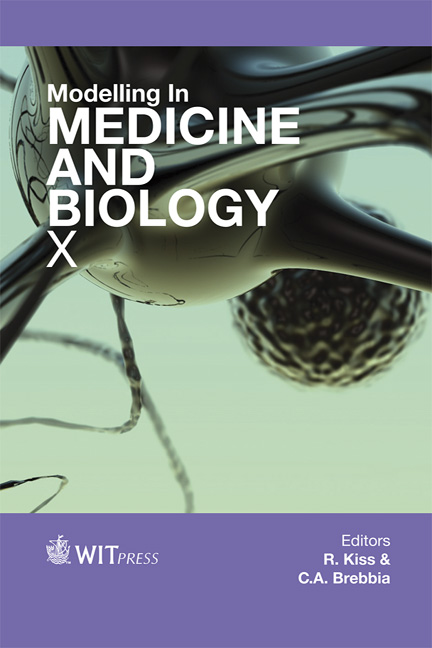Transport By Pulsatile Flow In A Branching Network Of Cerebral Vasculature
Price
Free (open access)
Transaction
Volume
17
Pages
12
Page Range
13 - 24
Published
2013
Size
1034 kb
Paper DOI
10.2495/BIO130021
Copyright
WIT Press
Author(s)
I. D. Šutalo, A. V. Bui, K. Liffman & R. Manasseh
Abstract
The supply of oxygen and glucose by blood flow is vital to the normal function of the brain and the deficit of either of these metabolism elements can cause severe degradation of the brain functionality. The transport of materials in the complex multi-branching structure of the cerebral vasculature is investigated to predict brain oxygenation under normal conditions. A mathematical model of material transport due to pulsatile flow in a complex dichotomous branching tree network was developed which incorporated material-geometry interaction and diffusion across the blood vessel wall. Unlike previous work, this modelling work includes the full network structure and incorporates time-dependent flow. The predicted results indicate some effect of the flow transients on the propagation of the material introduced at the root segment in the vascular network. The effect was more pronounced in the case of constant blood viscosity. The transport model addressed the issue of oxygen transport in the cerebral vascular branching network with the inclusion of red blood cell (RBC) separation at bifurcation points. The predicted results indicate the significance of the vascular network geometry and RBC-bifurcation point interaction in defining the homogeneity of flow and oxygenation by the fractal vasculature. The simulations are found to be able to provide insights into the transport of materials by the blood circulation in the cerebral vasculature and the various factors which
Keywords
cerebral vasculature, branching tree, pulsatile flow, red blood cells, brain oxygenation





